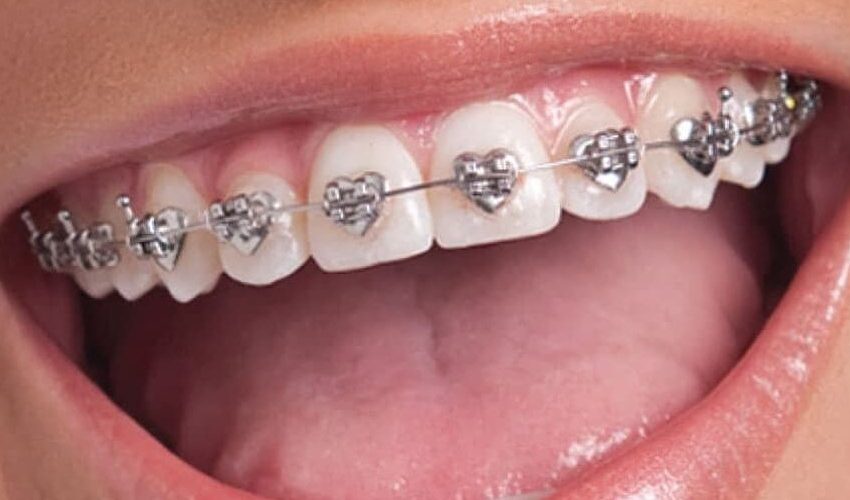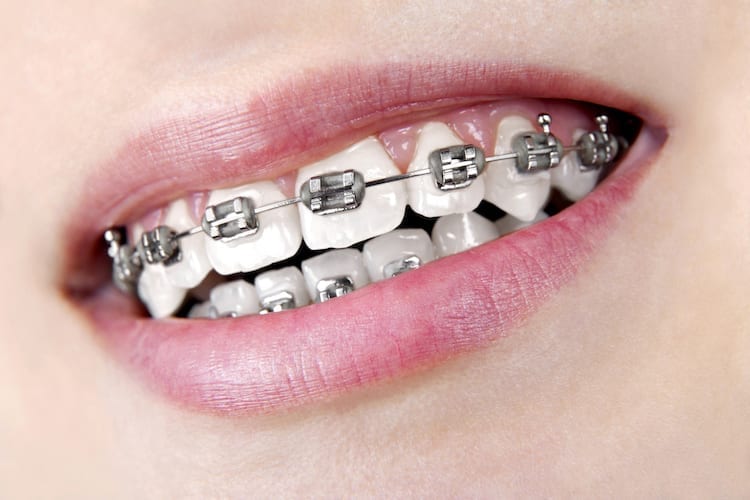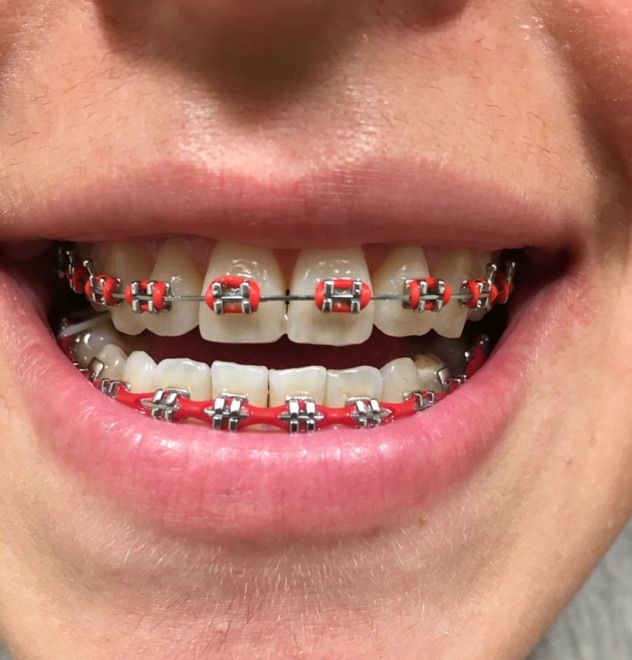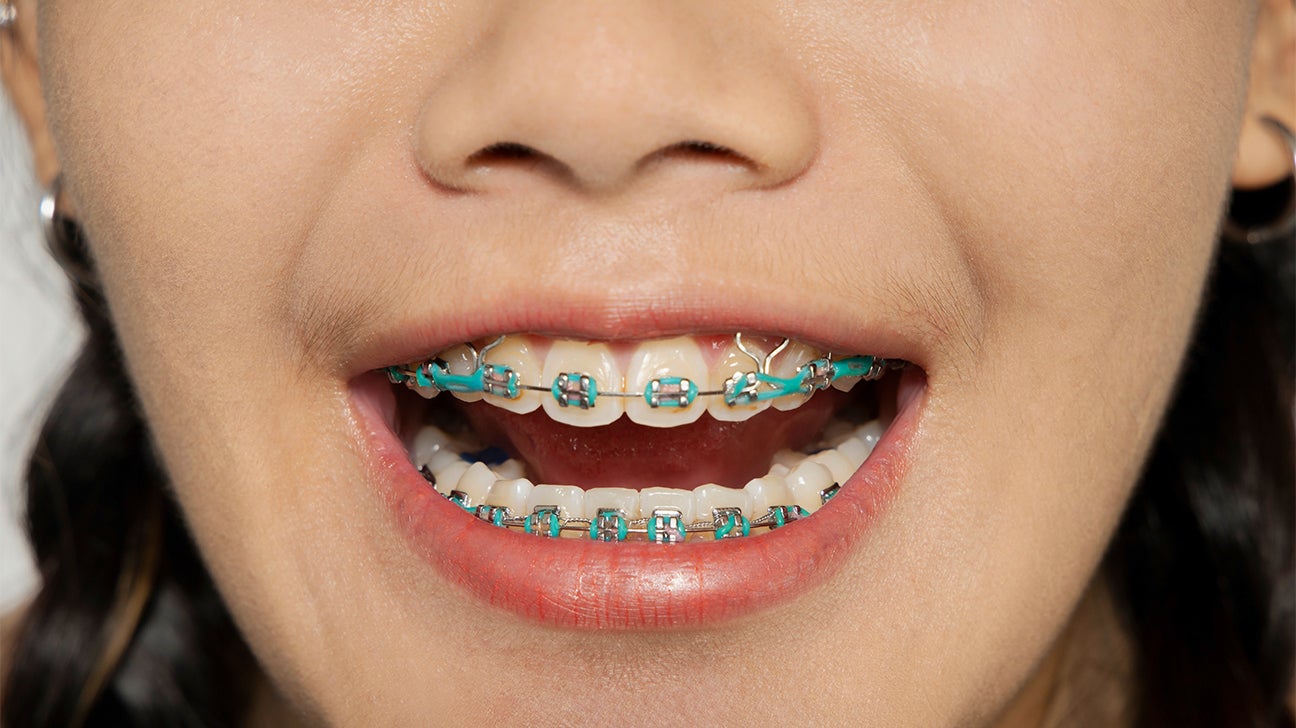Innovations in Teeth Braces: What’s New in Orthodontics?
- Health & Fitness
 royalclinic
royalclinic- October 15, 2024
- 7

Orthodontics, the branch of dentistry that focuses on aligning teeth and correcting bites, has seen remarkable advancements over the past few decades. As technology evolves, so do the options available for patients seeking Teeth Braces Cost in Dubai. Modern orthodontics has introduced innovations that make treatments more comfortable, efficient, and aesthetically pleasing. This article explores the latest innovations in teeth braces and highlights what’s new in the world of orthodontics.
A Shift Toward Aesthetic Orthodontics:
One of the most significant changes in orthodontics is the increased demand for aesthetic solutions. Patients today are more image-conscious than ever, seeking discreet treatments that don’t interfere with their appearance.
Clear Aligners: The Invisible Revolution:
Clear aligners, such as Invisalign, have revolutionized orthodontics by offering an alternative to traditional metal braces. These custom-made trays are designed to gradually shift teeth into their desired position, without the need for metal brackets and wires. Clear aligners are virtually invisible, comfortable, and removable, making them a preferred choice for adults and teenagers who want a more inconspicuous treatment.
What makes Clear Aligners an innovative breakthrough is its digital planning process. Orthodontists use 3D imaging technology to create a digital model of the patient’s mouth. This allows for precise treatment planning, ensuring predictable and faster results.
Lingual Braces: Hidden Behind the Teeth:
Another aesthetically appealing innovation is lingual braces, which are placed on the back of the teeth instead of the front. This hidden placement makes them completely invisible from the outside, providing the effectiveness of traditional braces without compromising appearance.
Lingual braces are custom-made for each patient, and they are particularly suited for individuals with more complex orthodontic needs who still want a discreet solution. Despite being more challenging to install and maintain, lingual braces have become increasingly popular among adults.
Self-Ligating Braces: Faster and More Comfortable:
Self-ligating braces are a modern twist on traditional braces. Unlike conventional braces, which use elastic bands to hold the archwire in place, self-ligating braces use a special clip or bracket system to secure the wire. This design reduces friction and pressure on the teeth, resulting in a more comfortable experience for the patient.
The benefits of self-ligating braces include faster treatment times and fewer visits to the orthodontist for adjustments. The reduced friction allows for smoother tooth movement, which can shorten the overall treatment duration. Patients also report less discomfort compared to traditional braces.
3D Printing: Customization and Precision:
The advent of 3D printing technology has had a transformative impact on orthodontics, particularly in the customization of braces. With 3D printing, orthodontists can create highly precise models and appliances tailored to each patient’s unique dental anatomy.
3D-printed Braces and Aligners:
3D-printed clear aligners, such as those offered by companies like Invisalign, are already a common application of this technology. However, 3D printing is also being used to create custom brackets for traditional braces. These customized brackets are designed to fit the exact contours of each tooth, improving comfort and enhancing the efficiency of the treatment.
Faster Turnaround Time:
In the past, creating dental models and braces involved lengthy processes that could take several weeks. With 3D printing, the entire process is streamlined, reducing the time it takes to produce and fit braces. This has made orthodontic treatments more convenient and accessible for patients.
Smart Braces: The Future of Orthodontics:
As technology continues to integrate with healthcare, “smart braces” are becoming a reality. These braces are equipped with sensors and tracking devices that monitor the progress of treatment in real-time. Smart braces can provide valuable data to orthodontists, allowing them to adjust the treatment plan as needed for optimal results.
Real-Time Monitoring and Adjustments:
The sensors in smart braces can track the amount of force being applied to the teeth, ensuring that they move at the correct rate. This information can be transmitted to the orthodontist, who can make remote adjustments without requiring the patient to visit the office as frequently. This innovation has the potential to reduce treatment times and improve overall patient outcomes.
Personalized Treatment Plans:
Smart braces can also help create more personalized treatment plans. By continuously monitoring tooth movement, these devices can detect any irregularities or delays in progress, allowing orthodontists to intervene early and make necessary adjustments. This level of precision and control represents a significant advancement in orthodontic care.
Light-Accelerated Orthodontics: Faster Results with Laser Technology:
One of the latest innovations in orthodontics is the use of light-accelerated therapy, which employs laser or LED technology to speed up the tooth movement process. This technique is used in conjunction with traditional braces or clear aligners to reduce the overall treatment time.
How It Works:
Light-accelerated orthodontics uses low-level light therapy to stimulate the bone cells around the teeth, enhancing their ability to remodel and move in response to the force exerted by braces or aligners. This accelerates the orthodontic process, potentially reducing treatment times by 50% or more.
Painless and Efficient:
The procedure is painless and typically only requires a few minutes of light exposure per session. Patients undergoing light-accelerated therapy have reported minimal discomfort, making it an attractive option for those seeking faster results with less pain.
Augmented Reality (AR) and Virtual Treatment Planning:
Another cutting-edge development in orthodontics is the use of augmented reality (AR) and virtual treatment planning tools. AR allows patients to visualize their treatment outcomes before they even begin, offering a glimpse into how their teeth will look post-treatment.
Visualizing the End Result:
Using AR technology, orthodontists can create a virtual model of the patient’s teeth and simulate the movement of each tooth during the treatment process. This not only helps patients understand their treatment plan but also ensures greater accuracy in achieving the desired results.
Enhanced Communication with Patients:
AR tools also improve communication between orthodontists and patients. By allowing patients to see a visual representation of their treatment progress, it becomes easier to explain complex procedures and set realistic expectations. This transparency builds trust and helps patients feel more confident in their treatment.
Remote Orthodontic Care: The Role of Teledentistry:
Teledentistry has gained popularity in recent years, particularly during the COVID-19 pandemic, and it continues to play a role in orthodontic care. With remote orthodontic consultations, patients can receive expert advice and follow-up care from the comfort of their homes.
Remote Monitoring and Adjustments:
Some orthodontic treatments, particularly those involving clear aligners, now incorporate remote monitoring systems. Patients can take digital scans or photographs of their teeth and send them to their orthodontist for review. This eliminates the need for frequent in-person visits, making orthodontic care more convenient for busy individuals.
Conclusion:
The field of orthodontics is evolving rapidly, with innovations that are making treatments faster, more comfortable, and more discreet than ever before. From clear aligners and 3D-printed braces to smart technology and light-accelerated therapy, these advancements are transforming the way we think about teeth straightening. As new technologies continue to emerge, patients can look forward to more personalized and efficient orthodontic care in the future.



